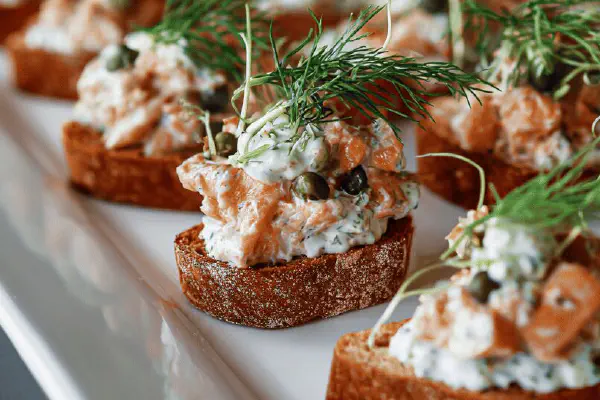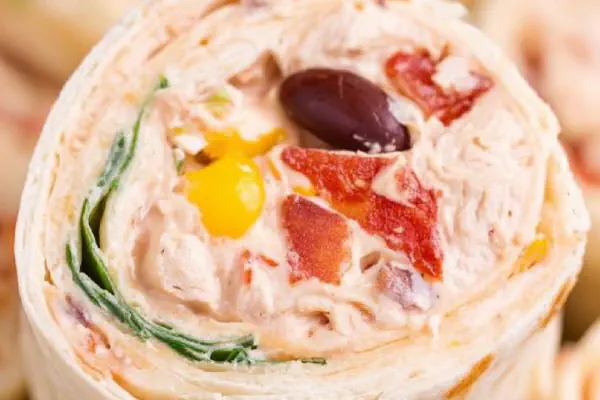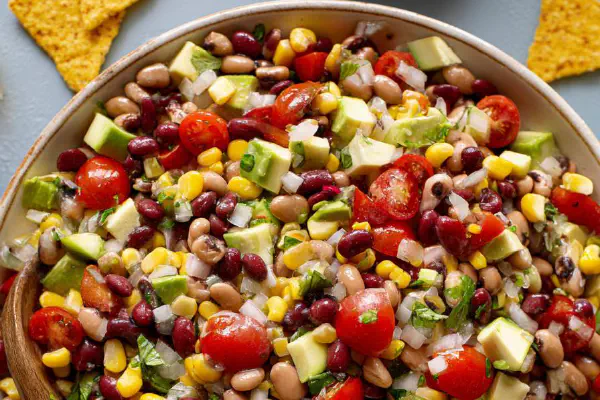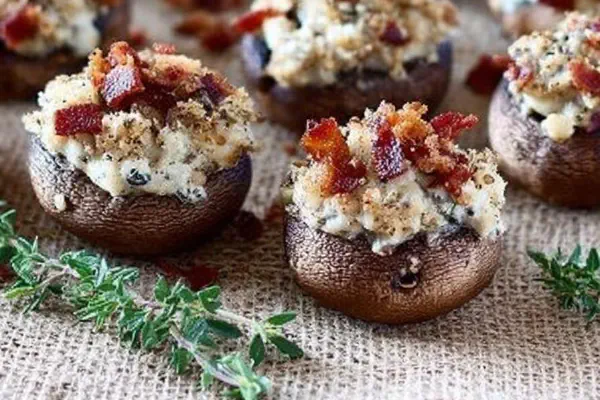Featured Recipe
Honey-Glazed Turkey Meatballs with Apples
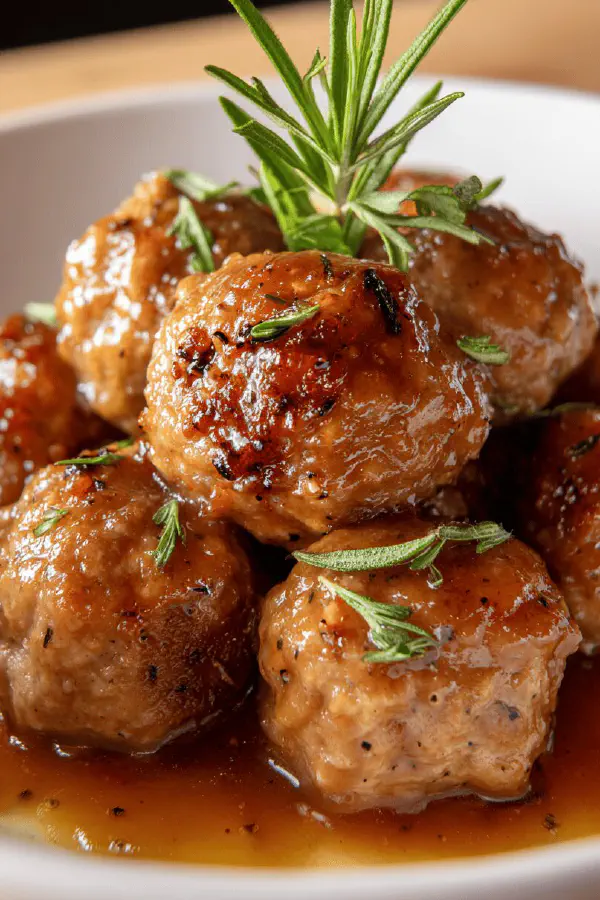
By Kate
"
Turkey meatballs, glazed in a sticky honey-apple sauce. Ground turkey swapped with ground chicken to lighten the flavor; fresh pear replaces apple for a twist. A hint of smoked paprika for depth. Ground oats stand in for gluten-free breadcrumbs. Quick pan-sear, then finish in sauce. Caramelized edges signal readiness. Offbeat sweetness balanced by lemon zest. Every step tunes texture and flavor. No eggs, dairy, or nuts needed. About 40 minutes active, 45 to cook mostly slow glaze. Roughly 60 mini meatballs.
"
Prep:
40 min
Cook:
45 min
Total:
85 min
Serves:
5 dozen mini meatballs
meatballs
gluten-free
appetizers
dinner
party food
Introduction
Ground poultry binds fine in these bite-sized meatballs, ideal for versatile starters or party trays. Ground oats substitute breadcrumbs, boosting texture and fiber without gluten. Pear brings subtle sweetness with less moisture than apple, so mix and cook accordingly. Honey glazed finish builds layers of sticky-sweet contrast to smoky paprika, which pulls heat and complexity. Skipping eggs and dairy cuts allergens while preserving bite. Pan-sear first to lock in juices and create crisp crust. Then simmer gently: temperature matters—low enough so sauce thickens, high enough to complete cooking. Watch for firm, springy feel when pressing meatballs, shiny caramelized surface, pear tender yet intact. All about timing, balance. Not mush, not dry. Done right: juicy, aromatic, layered.
Ingredients
About the ingredients
Ground chicken as an alternative to ground turkey keeps the flavor mild and fat level manageable but watch for softness—use chilled meat, sometimes add flour or oats as binders to hold shape without eggs. Ground oats act like breadcrumbs, absorbing fluids and adding subtle texture; substitute with rice flour or almond meal if available. Pear here is deliberate: firmer than apple, less liquid, but does introduce sweetness and a floral note. Adjust honey—too much burns quickly in glaze stage. Smoked paprika replaces cinnamon to introduce warmth and earthiness without sweetness; use sweet or hot paprika if preferred. Leek offers mild onion flavor, swap with scallions or shallots depending on availability. Garlic and broth provide depth, moisture to glaze. Olive oil preferred for pan-searing; can use neutral oil but lose flavor dimension.
Method
Technique Tips
Form meatballs with slightly wet hands to prevent sticking. Don’t compact meat too hard or the texture tightens. Pan must be hot enough for browning but not scorching; brown crust is foundation for flavor. Patience in searing pays off—crowding the pan breaks down heat consistency causing steaming instead of browning. Use fond left in skillet—scrape well when adding garlic and liquids. Sauce must simmer—not boil rapidly—to thicken without burning honey. Pear added after deglazing so it softens gently but doesn’t turn to mush. Meatballs finish cooking in sauce, which infuses them with moisture and flavor; covering pan traps steam but check frequently so glaze doesn’t dilute. Internal temperature is ultimate doneness test; avoid guessing to prevent dryness or raw inside. Visual cues: shiny glaze, slightly tacky surface, pear pieces softened but intact, meatballs springy to touch.
Chef's Notes
- 💡 Use chilled ground meat. Helps hold shape, keep texture. If too soft, chill before forming. Wet hands to keep from sticking. Flour or extra oats can help.
- 💡 Patience in pan-searing matters. Oil must shimmer but not smoke. Wait for that sound, sizzling, not hissing. Crowding the pan leads to steaming; aim for browning.
- 💡 For those with nut allergies, substitute ground oats carefully. Want that texture? Try rice flour. Keep an eye on honey, too much can burn; adjust ratios as needed.
- 💡 Got too much moisture? Drain any excess before mixing in. Pear can turn mushy if overcooked. Just want gentle simmer when adding it to sauce; wait for that thickening action.
- 💡 Storage can vary. Refrigerate leftovers up to 3 days. For longer, freeze them, great for quick meals. Reheat gently to avoid rubbery texture; low heat is key.
Kitchen Wisdom
What's a common issue with meatballs?
They can be dry. Avoid overcooking. Check temperature. Look for bounce back feel. Under-seasoning is another pitfall.
Can I use ground turkey instead of chicken?
Yes. Personal flavor. Adjust cooking time, sometimes needs more. Watch texture; it can be less forgiving.
What's the best way to store leftovers?
Refrigerate in airtight containers. Reheat slowly, avoid rubbery results. Use broth or water for moisture.
How to tell if meatballs are cooked?
Use thermometer; 74C is safe. Visual markers—nice caramelization, should feel firm, not soft. Wait for that glistening finish.
